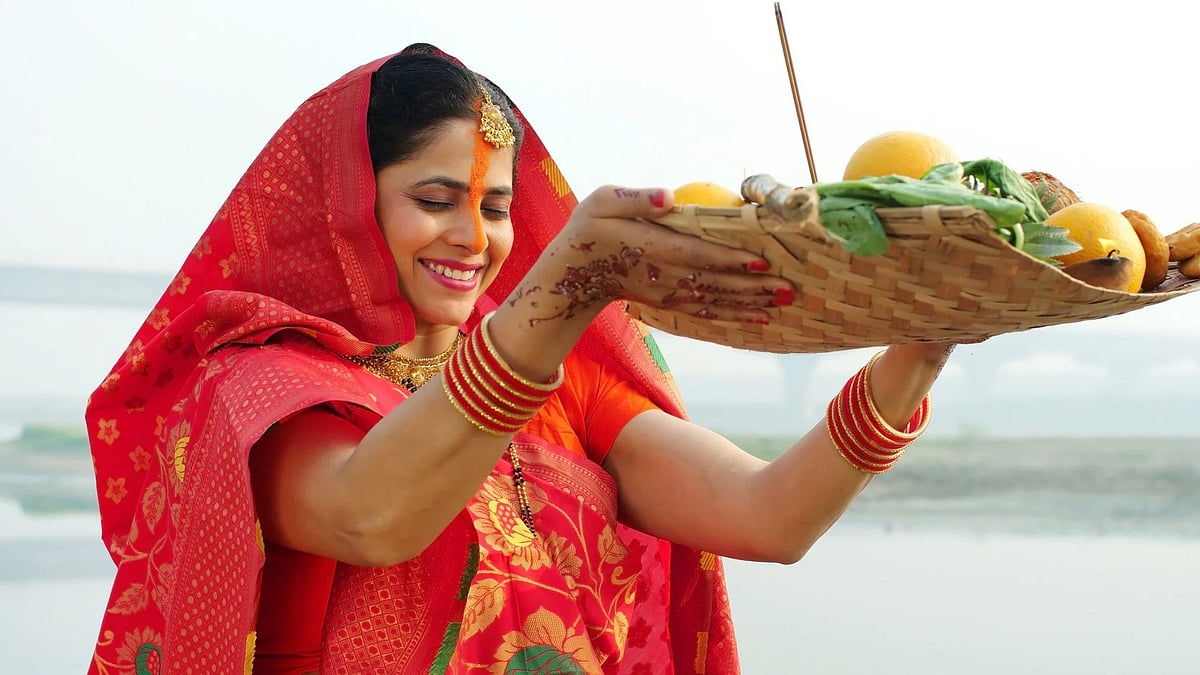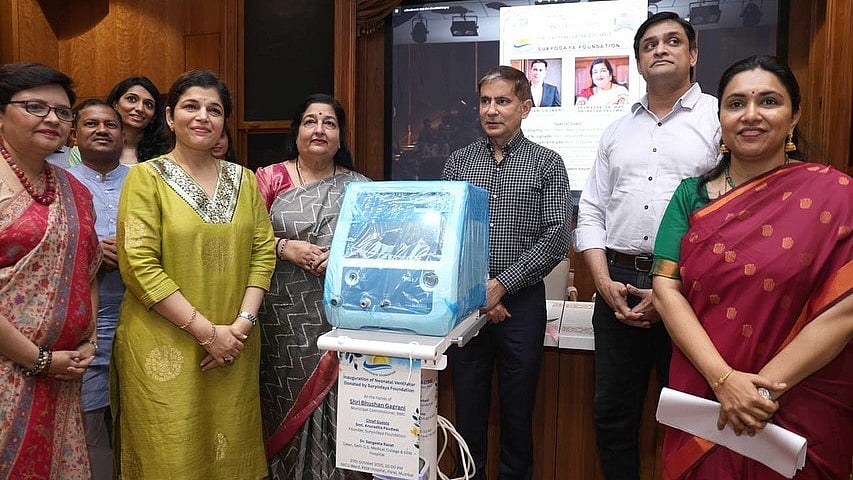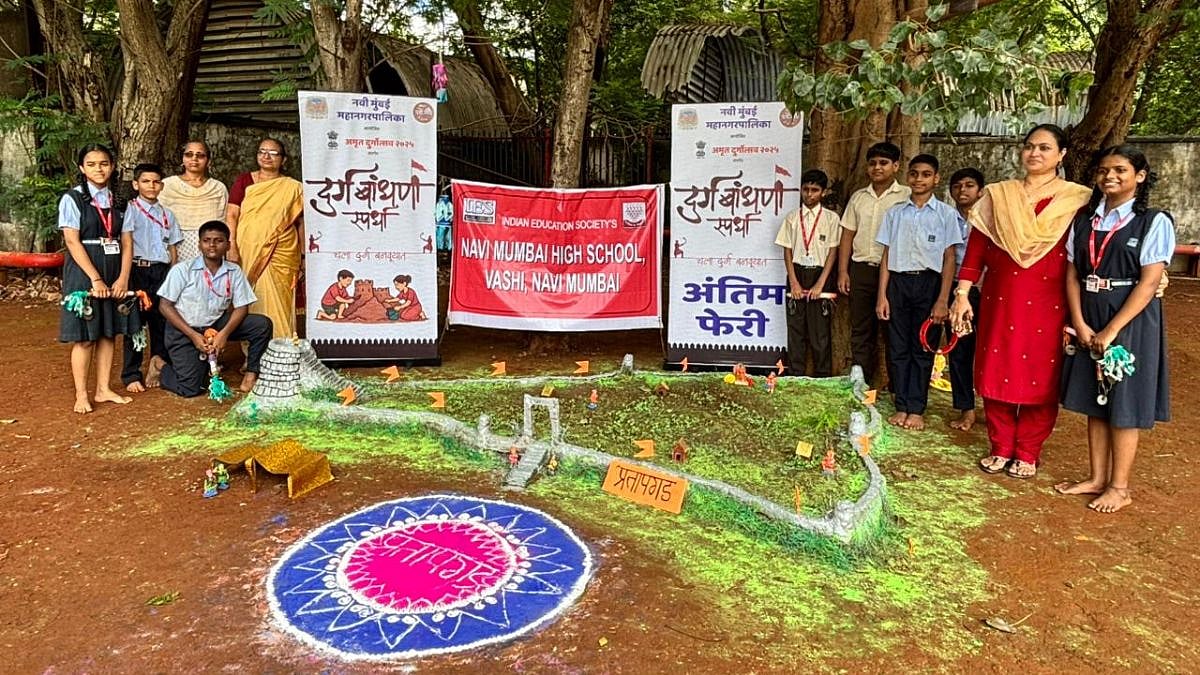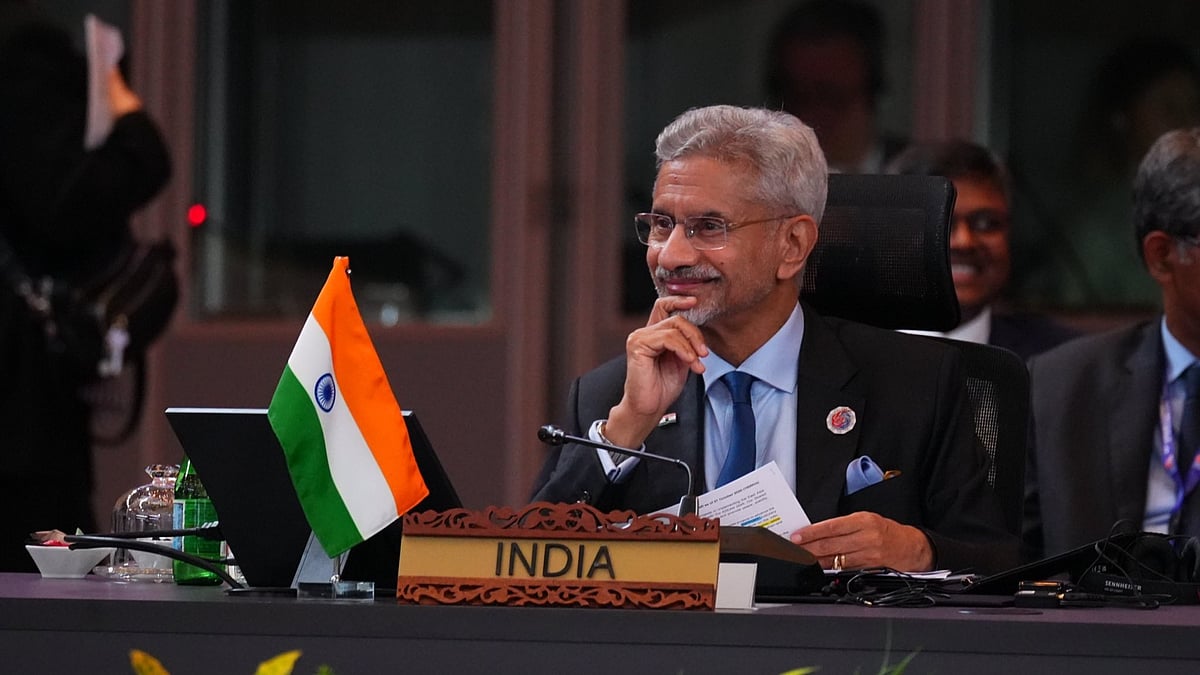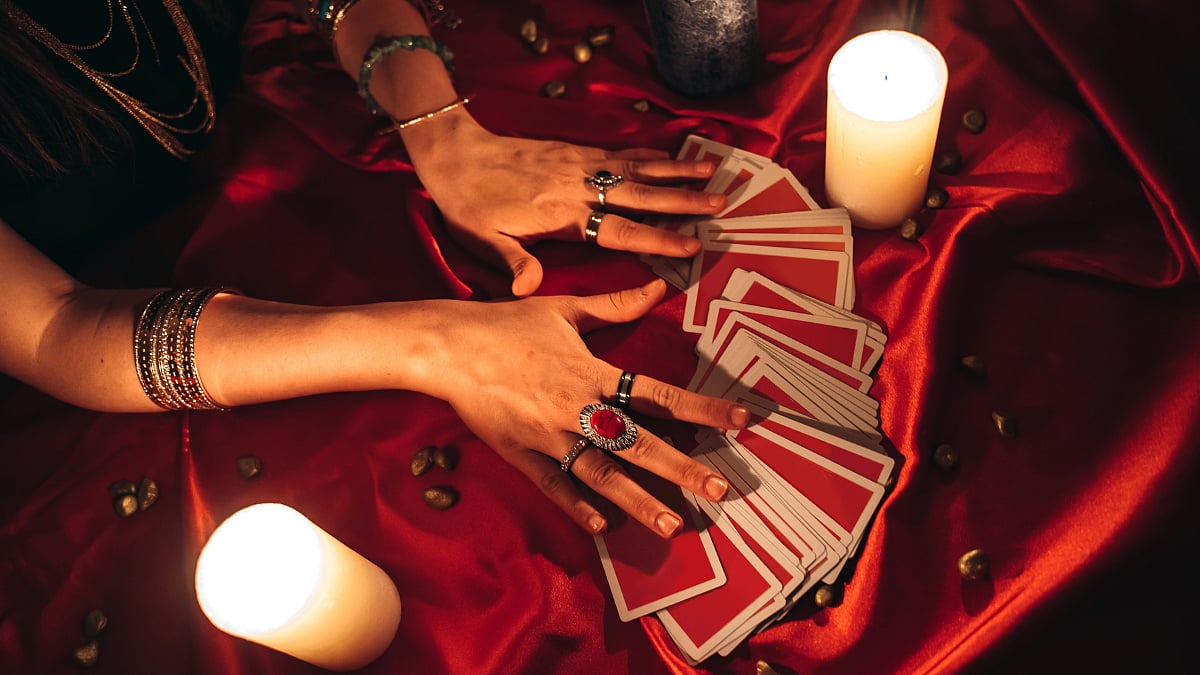Chhath Puja is one of the most sacred Hindu festivals dedicated to Surya Dev (the Sun God) and Chhathi Maiya. It is a symbol of devotion, purity, and gratitude. It is the only major Hindu festival in the world that honours nature without causing any pollution or harm. The festival is the most ancient Vedic thanksgiving festival, dedicated to the eternal source of all life (the Sun).
Chhath Puja significance
Chhath Puja reminds us that faith, discipline, and cleanliness are key to seeking divine blessings from Surya Dev and Chhathi Maiya. Observing these dos and don’ts ensures a spiritually fulfilling and auspicious celebration. On the second day of the sacred festival, Kharna is observed, which symbolises purification of body and soul, preparing devotees for the 36-hour nirjala fast that follows. The rituals reflect deep gratitude toward nature and the life-giving energy of the Sun.
Chhath Puja 2025: Sandhya Arghya timings for Bihar & Uttar Pradesh
Here is the list of sunset timings for the third day of Chhath Puja as per the data of Drik Panchang:
Patna: 05:11 PM
Lucknow: 05:27 PM
About Sandhya Arghya (Evening offering)
The third day is the most important part of Chhath Puja. Devotees go to rivers or waterbodies to offer Sandhya Arghya, an offering to the setting Sun. This is considered spiritually significant because Chhath Puja uniquely worships both the setting and rising Sun, symbolising gratitude for the entire solar cycle, from dusk to dawn. Women dress in traditional sarees, usually yellow or red, and stand in water with soops (bamboo baskets) filled with fruits, thekua, sugarcane, and coconuts. Songs of devotion fill the environment, and Chhath ghats become illuminated with diyas and rangoli.
Day 3: Sandhya Arghya (evening offering)
The third day is the most important part of Chhath Puja. Devotees go to rivers or waterbodies to offer Sandhya Arghya. It is an offering to the setting Sun. This is considered spiritually significant because Chhath Puja uniquely worships both the setting and rising Sun, symbolising gratitude for the entire solar cycle — from dusk to dawn.
Women dress in traditional sarees, usually yellow or red, and stand in water with soops (bamboo baskets) filled with fruits, thekua, sugarcane, and coconuts. The environment gets filled with songs of devotion, and Chhath ghats become illuminated with diyas and rangoli.
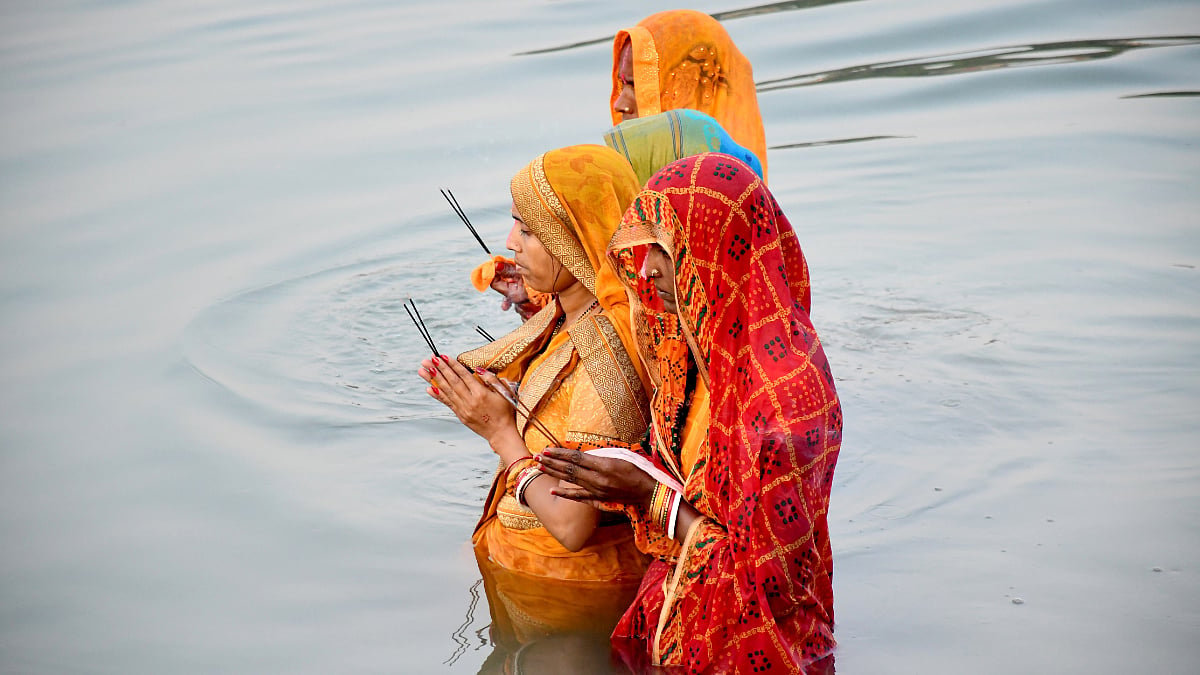
Day 4: Usha Arghya (Morning offering)
On the final day, devotees gather again before dawn to offer Usha Arghya, the offering to the rising Sun. This marks the conclusion of the fast. After praying for family happiness, health, and well-being, Vratis break their long nirjala fast. The offerings symbolise gratitude, prosperity, and thankfulness for life’s sustenance.
